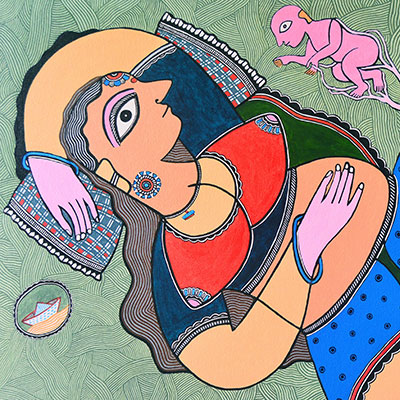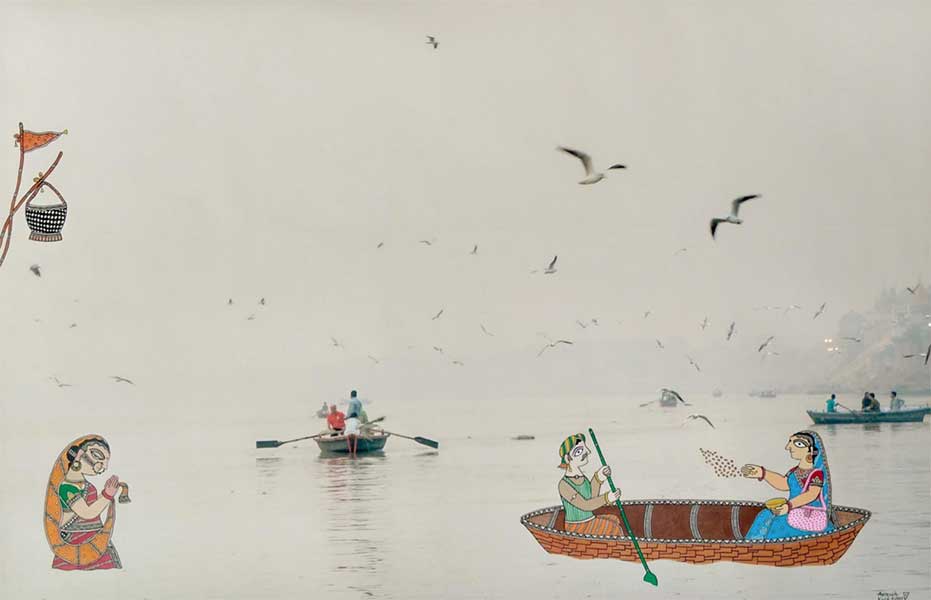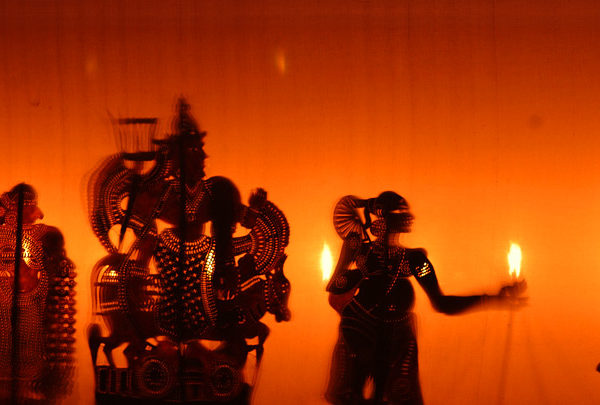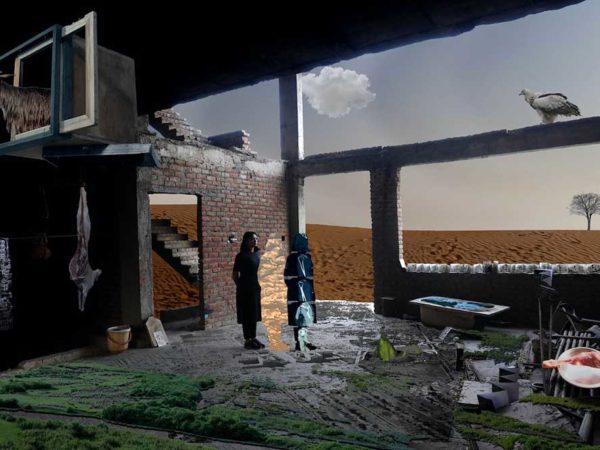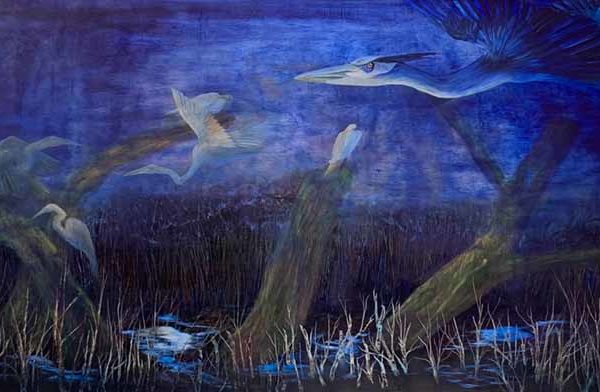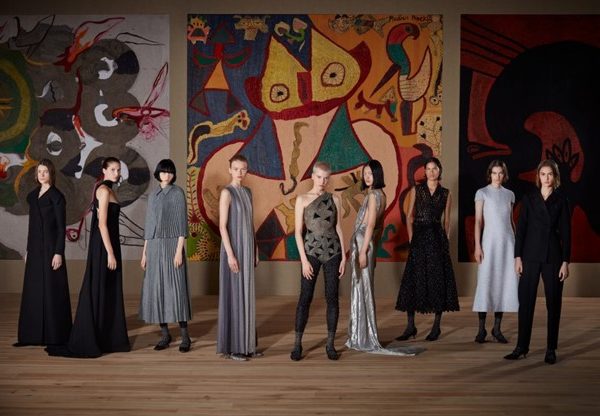Contemporary times are a complex matrix of evolving social and cultural processes. What we understand as ‘art’ also finds itself in the grip of these complexities. Whatsoever its (art’s) attempt may lay in emancipation of subjective thoughts it needs to be seen and understood within these structural dynamics. Contemporary art in India mostly identifies itself with the idea of a modern nation state. The efforts emerged as a response that aimed towards the colonial masters. Amongst the many results of colonial governance, the binary of art and craft is one such. This writing engages with artist Avinash Karn’s practise who is consciously challenging the binary of art and craft while taking a plunge to create a community of Madhubani artists in contemporary times. An art form that he has embraced both as his identity and his conceptual framework.
What is known as Madhubani today was ‘discovered’ by William G Archer, a British officer posted in colonial India then, in 1934 who was conducting a survey in the earthquake-affected Madhubani district in Mithila region of Bihar. He began referring to the art form as ‘Maithil’ painting. Eventually the art form came to be identified as Madhubani, associating it with the region. The art form has meandered through its caste and gendered afflictions.
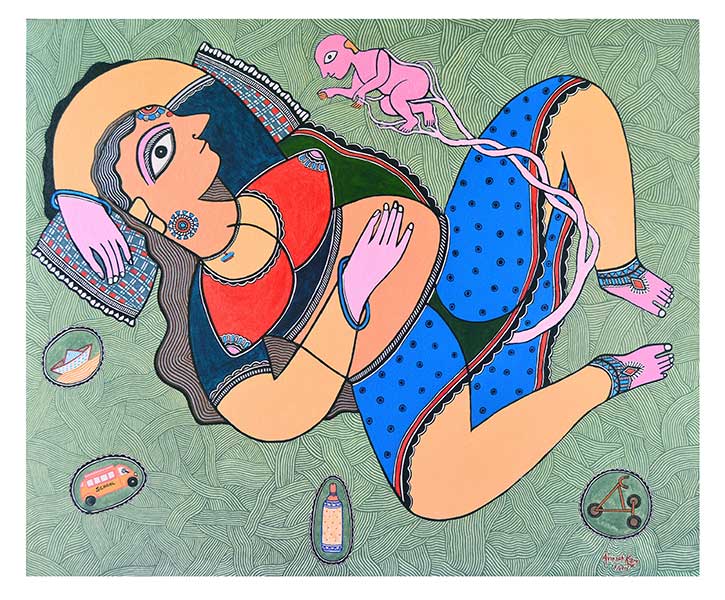 Avinash Karn, Dreaming Mother, Acrylic on Canvas, 2016
Avinash Karn, Dreaming Mother, Acrylic on Canvas, 2016
Avinash, formally trained to be a sculptor from Banaras Hindu University, realised early at the beginning of his career as an artist to explore the historical, aesthetical and cultural potential of the art form that was part of his life ever since he was born. His curious mind and sensitive approach made him visualise the institutional divide that resorts to hamper the status of Madhubani as art! What may initially look as formal experimentation encodes concerns highly relatable to the current situations. Strikingly playful are his cityscapes that depict the tonalities of his observations. Cutting open the activities of urban landscapes into flat surfaces allowing the onlooker to intervene into the depictions like that of a cartographer.
He has painted Mumbai, Delhi, Banaras and Kolkata. The cities that made their appearance through the picturesque as objects of amusement, seems to establish a lively dialogue through the gaze of Avinash. His artistic lens confides the charms of these iconic cities. In ‘An Ode to Mumbai’ he portrays the essential elements of the city. Nearly half part of the composition submerged into the sea and the other half narrating the daily hustle bustle of the city. It’s the common people who inhabit his composition.
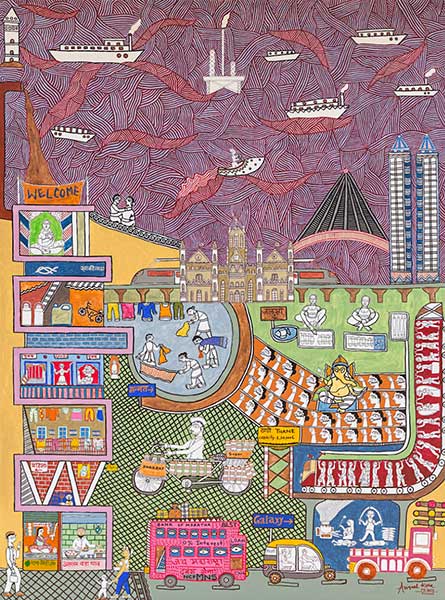 Avinash Karn, An Ode to Mumbai, Acrylic on canvas, 2016
Avinash Karn, An Ode to Mumbai, Acrylic on canvas, 2016
The cityscape of Delhi breathes the socio-political as well as historical and cultural dynamics of the city. Charged with symbolism, the painting attempts to be read as factual accounts that populate the city of Delhi. The serenity of the composition is challenged when carefully observed, the painting arrives at a semblance of disruptions and aesthetic gratification. ‘Good Morning Banaras’ is another cityscape where the idea of the city is preserved to its mythological claims. The painting almost freezes time flowing from imagined eternity to the more real now illustrating almost the banal, making it significant in the context of Banaras.
Fascinating is his derivation of ‘The Last Supper’ aiming to achieve an authentic response, situating the subject in Indic context. Christ and his twelve disciples seated on the floor prepared with mud, their bodies adorned with glorious prints and fantastic colours, lost in the last meal consisting of fish, bread and wine. The subject painted with such honesty and rigour, creates a powerful interpretation altering the existing visual memory of the same. Paintings like these and many others are successful attempts that liberate Madhubani from its traditional iconography and subject matter.
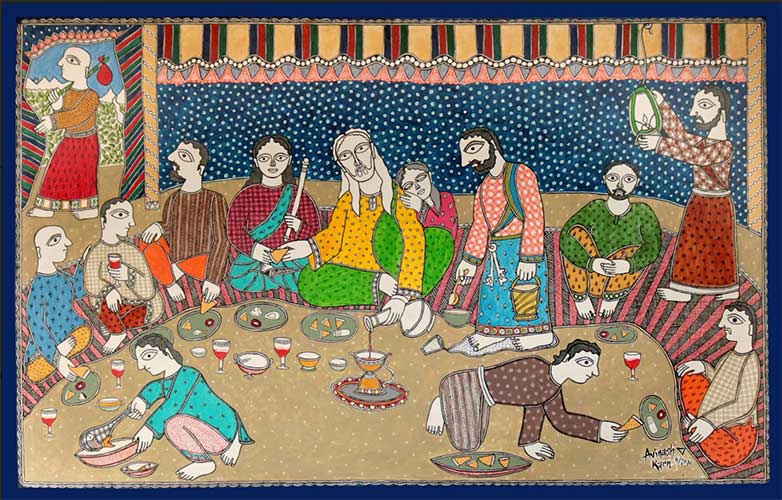 Avinash Karn, The Last Supper, Acrylic on canvas, 2021
Avinash Karn, The Last Supper, Acrylic on canvas, 2021
Steady flow of experimental practise has made Avinash work with photographs manipulating them with painted iconographies. Apart from being an artist, Avinash is also responsible for creating awareness about the art form through teaching. His studio is the Ranti village of Madhubani district, Bihar is known as AKSA (Avinash Karn Studio of Art) which is an active centre for learning the art form irrespective of age, gender, etc barriers. The works produced here are circulated under the tag of ‘ArtBole’ a by-product of the studio.
Avinash has received the Artreach Community Arts grant from Artreach India in January, 2021. This has led to a project called ‘Aksa’ meaning reflection. It is a community based project that engages with young women of marginalised communities from the region. The participants learn the basic techniques of Madhubani and later implement them to create work about socially relevant concerns. There is major focus on the teachings of poets like Kabir and Lal Ded and active efforts towards creative learning and active dialogue. The project has recently been granted support from Seema Kohli Studios.
 Avinash Karn, Jalikattu Festival, Acrylic on Paper, 2017
Avinash Karn, Jalikattu Festival, Acrylic on Paper, 2017
The art of Avinash Karn has travelled through the complex terrains of institutional frameworks. It is a journey that makes an individual ponder upon the multiple happenings that one might miss upon as is seen in his observant cityscapes. The nature of his practice is dynamic. His works are not only a visual treat but a series of questions that may make one travel back into time.
Text by Kuldeep Patil
Image Courtesy: Avinash Karn
Find more about the Artist and Madhubani:
https://sarmaya.in/spotlight/the-walls-have-eyes-the-discovery-and-evolution-of-mithila-art/
https://www.forwardpress.in/2020/06/dalitbahujan-women-who-broadened-the-madhubani-canvas/
http://johnyml.blogspot.com/2020/08/the-importance-of-being-avinash-karn.html?m=1

